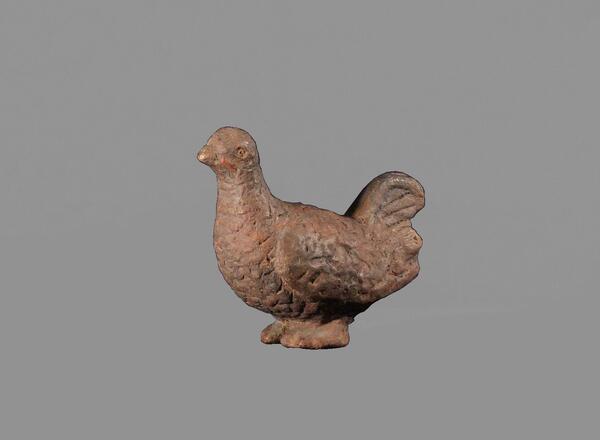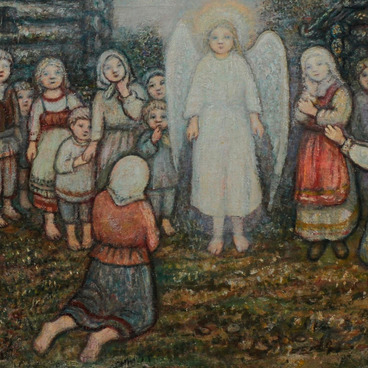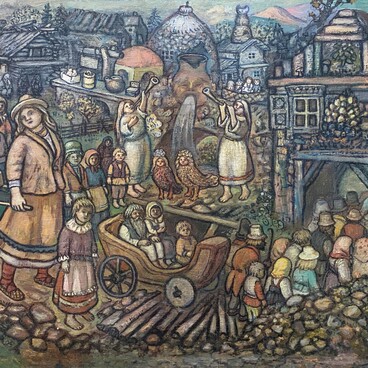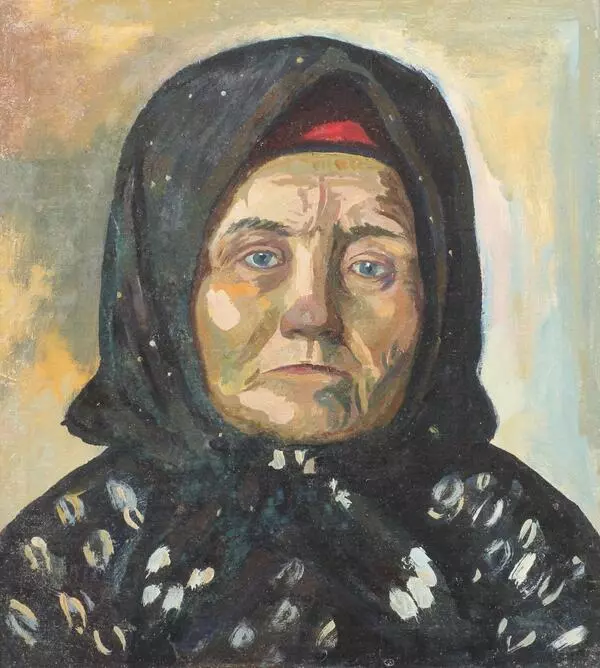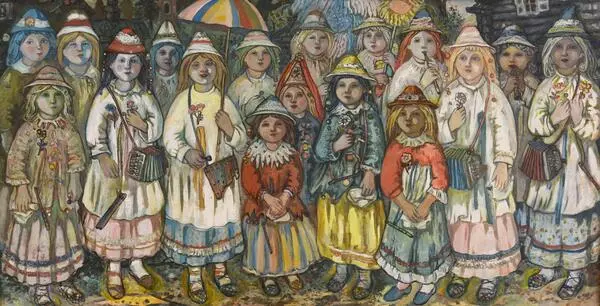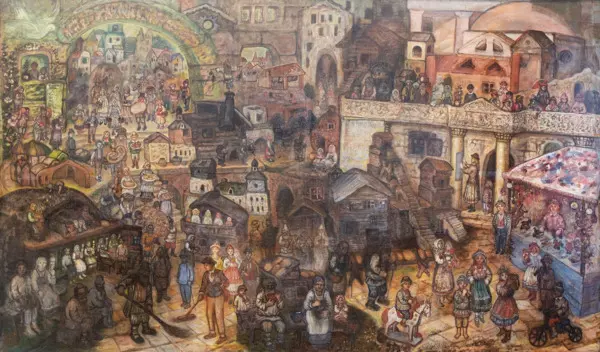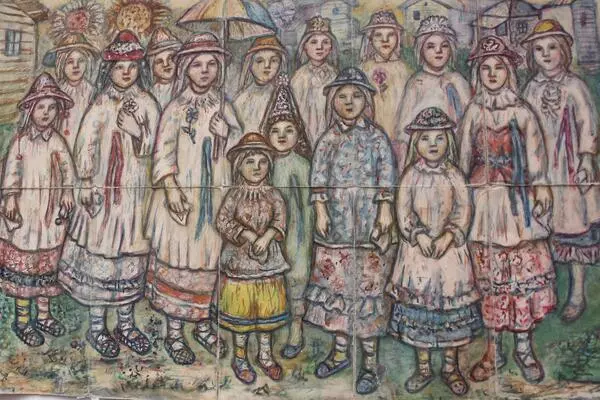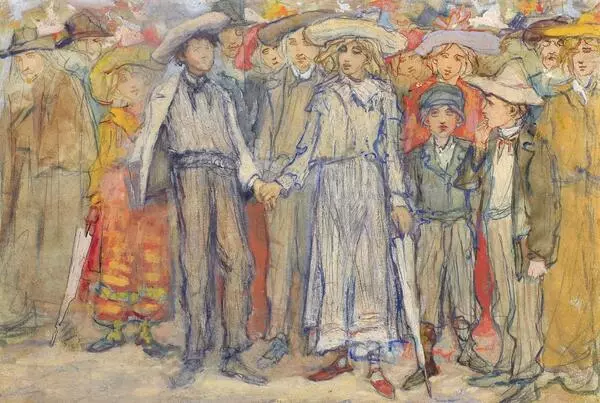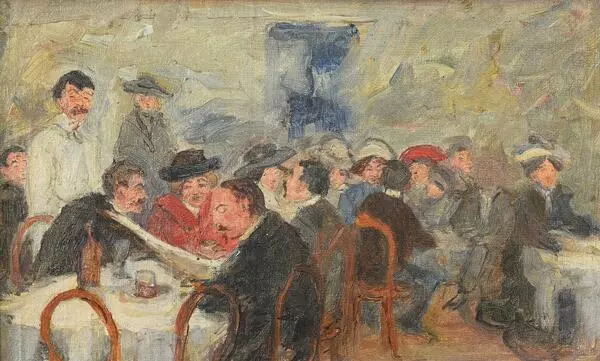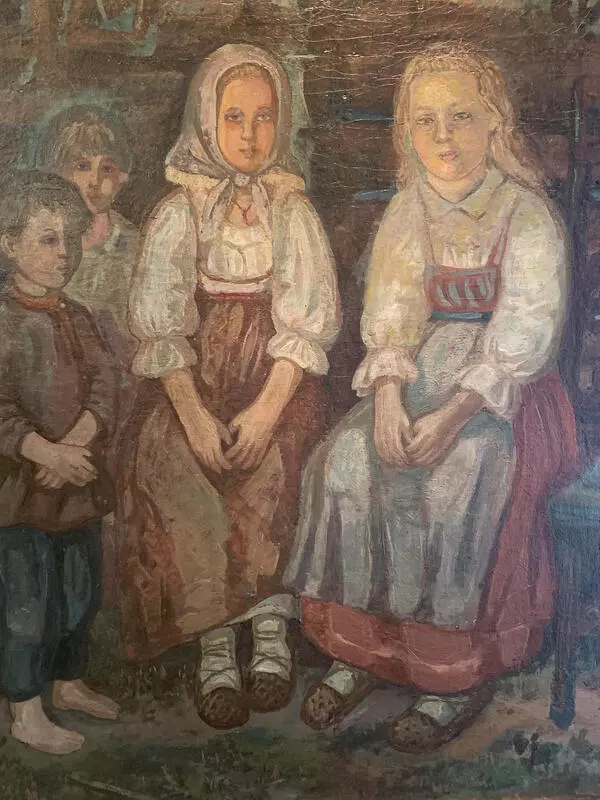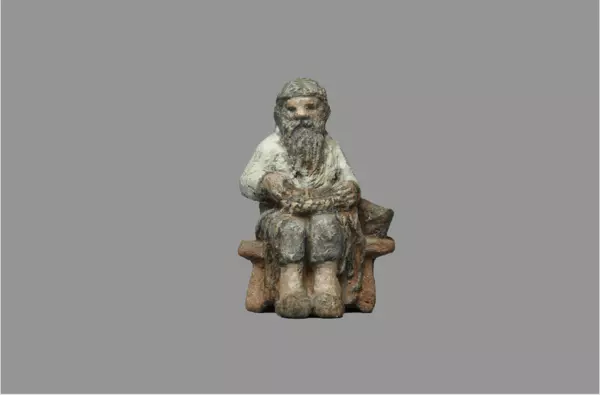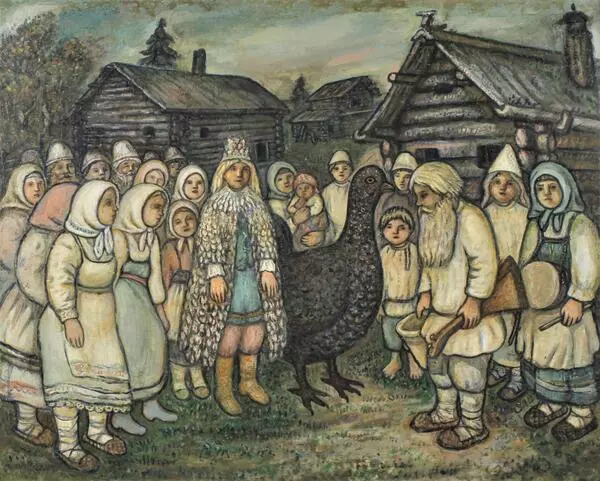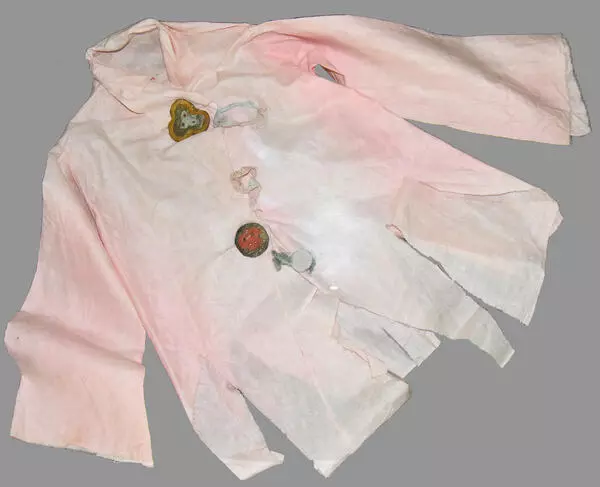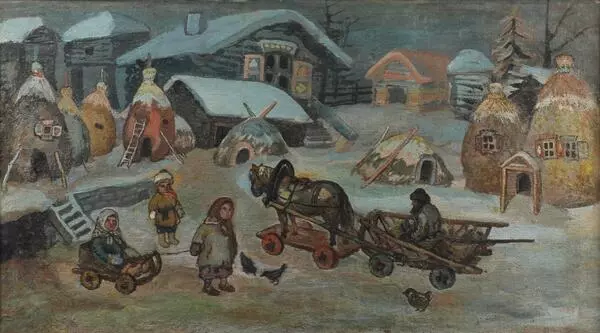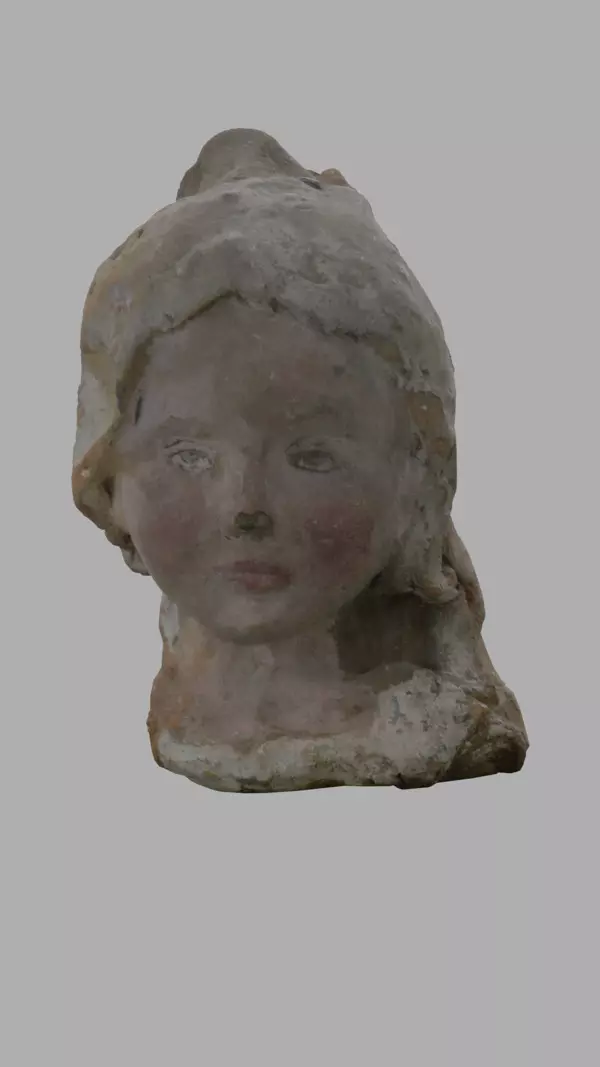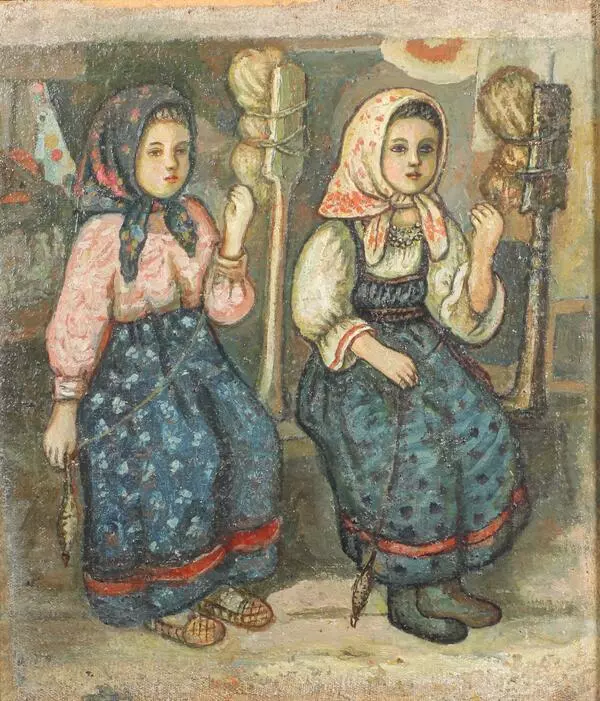In 1903, Yefim Chestnyakov often visited the Hermitage museum. There, he made fairly small reproductions of paintings by Western artists, and also studied, very attentively, the Tanagra figurines. The artist saw that these small sculptures, created by talented craftsmen, depicted everyday life of an entire population. The collection of these figurines was purchased from Pyotr Alexandrovich Saburov, a former Russian Envoy to Greece, in 1884. His stay in the Mediterranean nation coincided with a ground-breaking discovery in the small Boeotian town of Tanagra, where a large number of highly artistic terra-cotta figurines had been unearthed during an excavation.
The words ‘tanagra’ and ‘tanagryanka’ in the Russian language have Greek origins. They inspired Valentin Serov to coin a term ‘tanagretika’, which, in art, refers to something artless and yet refined in contrast to cold and calculating. The Tanagra statuettes are characterized by their rounded forms, smooth shapes and yielding nature. The figurines caused quite a stir among all the visitors to the Paris World Fair of 1878. They were so popular that prices for them skyrocketed. As a result, skilled forgers of antiquities copied them, thus creating a profitable market for such goods. The largest museums in the world rushed to buy sets of these figurines. In the end, the three rivals - London, Paris and Athens - were able to put together world-famous collections of these sculptures.
It so happened that the Hermitage museum managed to acquire a unique set of Tanagra statuettes. From 1870 to 1879, nobleman Pyotr Saburov was Russia’s Envoy to Greece. He was also an ardent and tireless collector of antiquities. During the “Tanagra craze”, he put together an invaluable collection of these figurines.
There are 76 of Yefim Chestnyakov’s clay sculptures, which were all part of ‘The City of Cordon’ set, at the Kostroma Museum Reserve. Among them, there is one statuette of a black grouse, which was in the fairy tale character category. It stands out because of its relatively large size. The bird was often depicted in Yefim Chestnyakov’s literary and art works. Perhaps, the figurine was used by the artist in the play based on the novel “The tale of Stafiy, the King of Black Grouse”, in which the protagonist, Stafiy, invented a flying apparatus in the shape of a large bird.
The words ‘tanagra’ and ‘tanagryanka’ in the Russian language have Greek origins. They inspired Valentin Serov to coin a term ‘tanagretika’, which, in art, refers to something artless and yet refined in contrast to cold and calculating. The Tanagra statuettes are characterized by their rounded forms, smooth shapes and yielding nature. The figurines caused quite a stir among all the visitors to the Paris World Fair of 1878. They were so popular that prices for them skyrocketed. As a result, skilled forgers of antiquities copied them, thus creating a profitable market for such goods. The largest museums in the world rushed to buy sets of these figurines. In the end, the three rivals - London, Paris and Athens - were able to put together world-famous collections of these sculptures.
It so happened that the Hermitage museum managed to acquire a unique set of Tanagra statuettes. From 1870 to 1879, nobleman Pyotr Saburov was Russia’s Envoy to Greece. He was also an ardent and tireless collector of antiquities. During the “Tanagra craze”, he put together an invaluable collection of these figurines.
There are 76 of Yefim Chestnyakov’s clay sculptures, which were all part of ‘The City of Cordon’ set, at the Kostroma Museum Reserve. Among them, there is one statuette of a black grouse, which was in the fairy tale character category. It stands out because of its relatively large size. The bird was often depicted in Yefim Chestnyakov’s literary and art works. Perhaps, the figurine was used by the artist in the play based on the novel “The tale of Stafiy, the King of Black Grouse”, in which the protagonist, Stafiy, invented a flying apparatus in the shape of a large bird.

